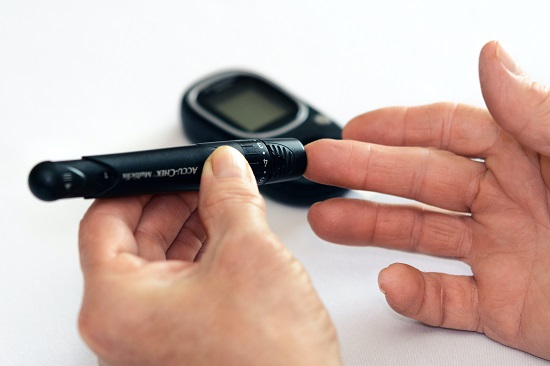
Insulin resistance occurs when cells in your body do not respond well to insulin. Insulin is the key that allows glucose to move from the blood into cells where it is used for energy. With insulin resistance, it takes more insulin to complete this process. To make up for insulin resistance, the pancreas secretes more insulin. This helps maintain normal blood glucose levels.
You can have insulin resistance before you are diagnosed with prediabetes. That’s because, initially, your body will try to make up for insulin resistance. It does this by making more insulin to maintain normal blood glucose levels. Over time, however, your pancreas may no longer be able to produce enough insulin to overcome insulin resistance. This can lead to higher-than-normal blood glucose levels. When this happens, you have prediabetes.
Unfortunately, prediabetes has no symptoms. As a result, most people will not know they have it unless they are screened. Screening can entail Fasting blood sugar test, Oral glucose tolerance test and Haemoglobin A1c test.
Everyone should be screened by age 35, Repeat screening every three years if results are normal. Screen more frequently if risk factors exist, If you have risk factors, get screened before age 35 per your doctor's recommendation.
Certain risk factors increase your risk for insulin resistance and prediabetes. These should be discussed with your doctor so you can be screened and monitored properly. These include:
You can prevent and even reverse insulin resistance as well as prediabetes by adopting healthy lifestyle habits. The key is to start these changes early on. Once you have diabetes, it can be very difficult to reverse.
Diabetes medications are not prescribed until you have been diagnosed with diabetes. There are many classes of medications that work differently to achieve normal glucose levels. Some of these function by increasing your body's sensitivity to insulin.
If your condition progresses to diabetes, you may experience the following symptoms. You should see your doctor right away if you have these symptoms: